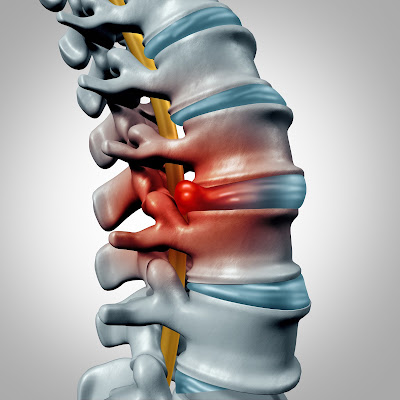1. Increases Energy & Relieves Fatigue – Since your brain is mostly water, drinking it helps you think, focus and concentrate better and be more alert. Also your energy levels remain boosted.
2. Promotes Weight Loss – Removes by-products of fat, reduces eating intake, reduces hunger, raises your metabolism and has no calories.
3. Flushes Out Toxins – Gets rid of waste through sweat and urination which reduces the risk of kidney stones and urinary tract infections.
4. Improves Skin Complexion – Moisturizes your skin, keeps it fresh, soft, glowing and smooth. Gets rid of wrinkles.
5. Maintains Regularity – Aids in digestion as water is essential to digest your food and prevents constipation.
6. Boosts Immune System – Water helps ward off sickness by boosting immunity. Drinking plenty of water helps fight against flu, cancer and other ailments like heart attacks.
7. Natural Headache Remedy – Helps relieve and prevent headaches which are commonly caused by dehydration.
8. Prevents Cramps & Sprains - Proper hydration helps keep joints lubricated and muscles more elastic so joint pain is less likely.
9. Puts You in a Good Mood – When the body is functioning at its best, you will feel great and be happy!
10. Save Money - What more, its free and far more cheaper than any other drinks in the market.













